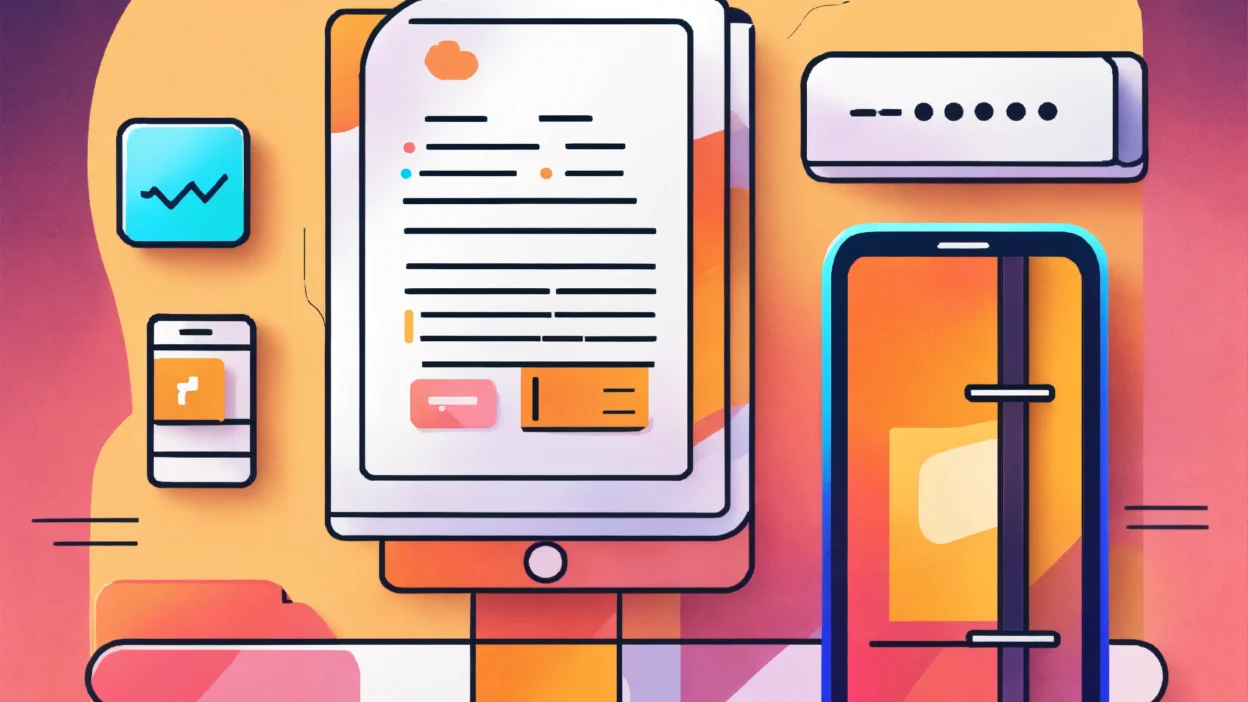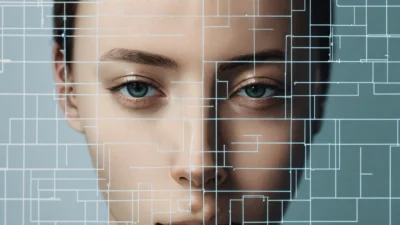Understanding AI Text Generation
Before diving into the process of making AI-generated text undetectable, it’s crucial to have a solid understanding of how AI text generators function. These advanced tools rely on machine learning models trained on vast datasets, enabling them to produce text that closely mimics human writing styles. However, despite their impressive capabilities, AI-generated content often exhibits certain patterns, such as overly formal phrasing, lack of genuine human nuance, or repetitive sentence structures. These subtle yet noticeable traits can make AI-written text stand out. Fortunately, with the right strategies and refinements, these patterns can be mitigated, allowing the content to blend seamlessly with human writing.
Refining AI Output
To make AI-generated text undetectable, the first and most important step is refining the output to ensure it reads naturally. This process involves carefully reviewing and editing the text to eliminate any repetitive patterns, awkward phrasing, or inconsistencies that may reveal its AI origins. One key aspect is adjusting sentence structures to introduce variety, making the content feel more organic and less mechanical. Additionally, maintaining a consistent tone and voice throughout the text is crucial to ensuring a natural flow that aligns with human writing styles.
To enhance readability and coherence, leveraging editing tools like Grammarly or Hemingway can be extremely beneficial. These tools help identify overly complex sentences, grammatical errors, and stylistic inconsistencies that might otherwise make the text feel artificial. Taking the time to manually revise and fine-tune AI-generated content ensures that it seamlessly integrates with authentic human writing, making it nearly impossible to distinguish from text written entirely by a person.
Tailoring Content to Audience Expectations
Another essential aspect of how to make AI generated text undetectable is to tailor the content to the expectations of your audience. Understanding your audience’s preferences and the subtleties of their language can significantly enhance the naturalness of AI-generated text.
Integrating Human Touch
Incorporating a human touch is crucial. This could mean adding personal anecdotes, humor, or idiomatic expressions that AI tools might not typically generate. A human editor’s role is critical in tweaking the final output to ensure it resonates well with human readers.
By following these strategies, professionals can effectively mask the origins of their AI-generated content, making it indistinguishable from text written by humans. This capability is not only useful in maintaining authenticity but also in upholding the credibility of digital content in various professional fields.





